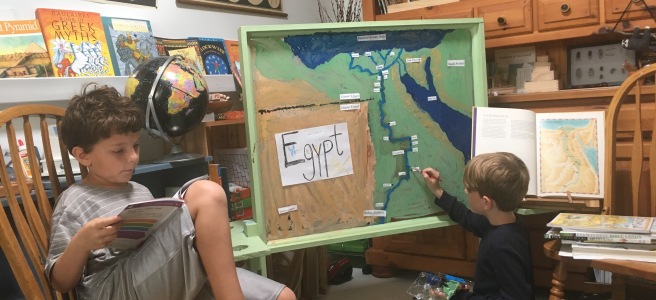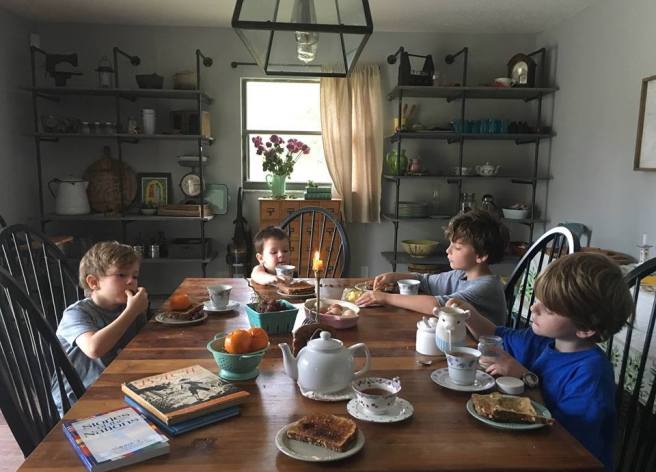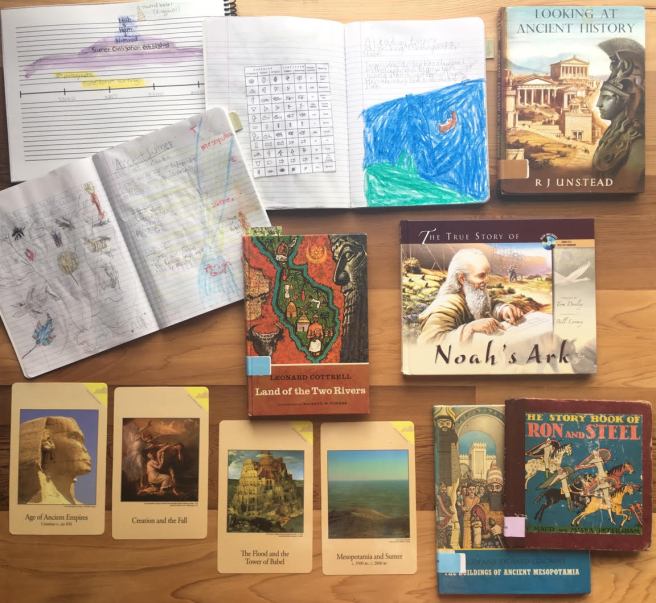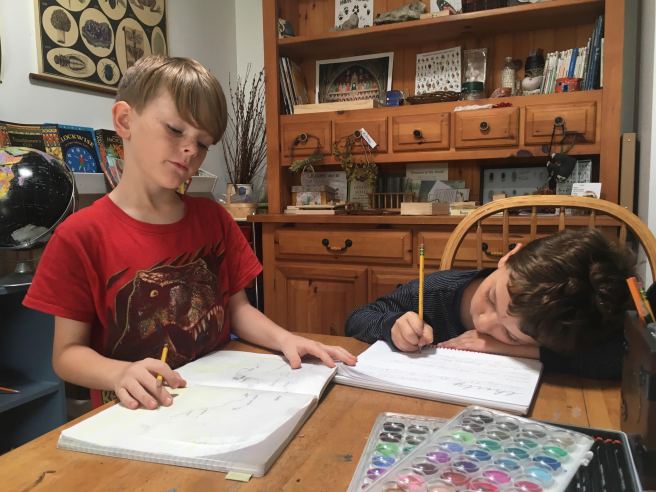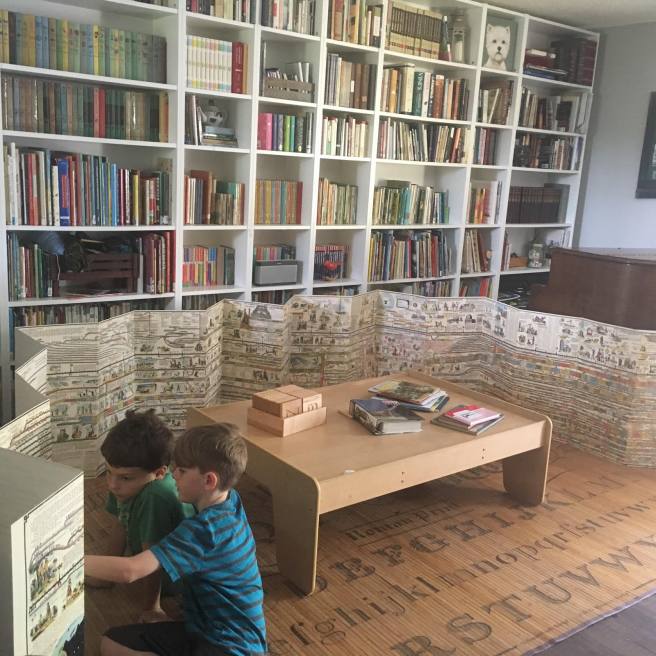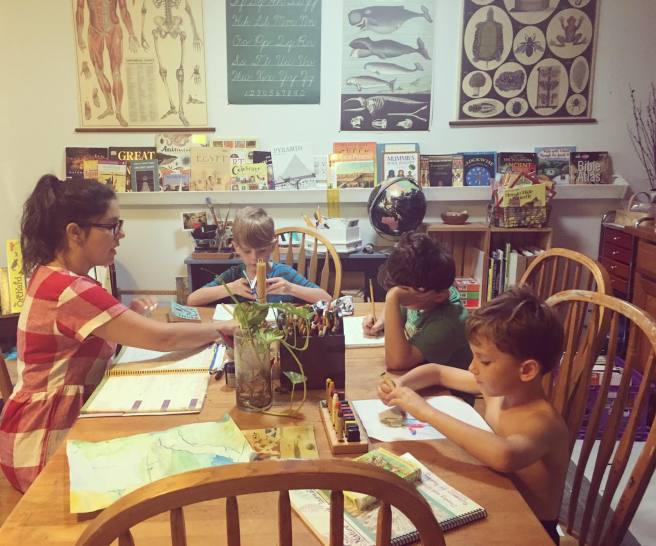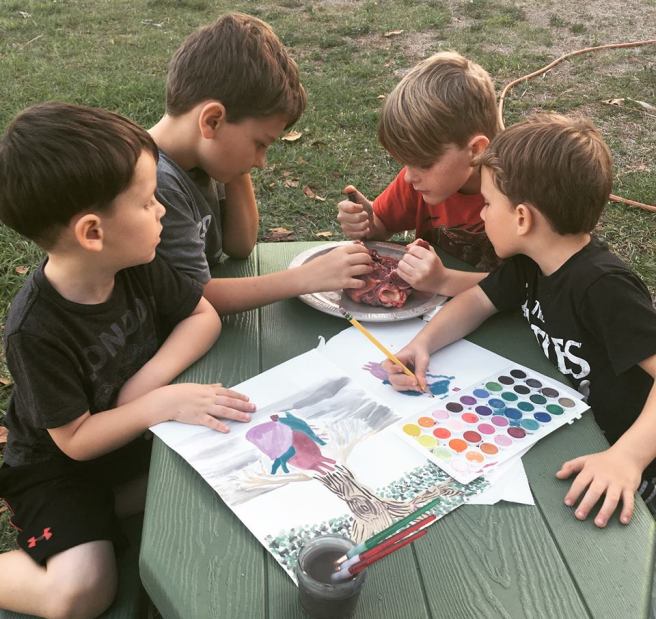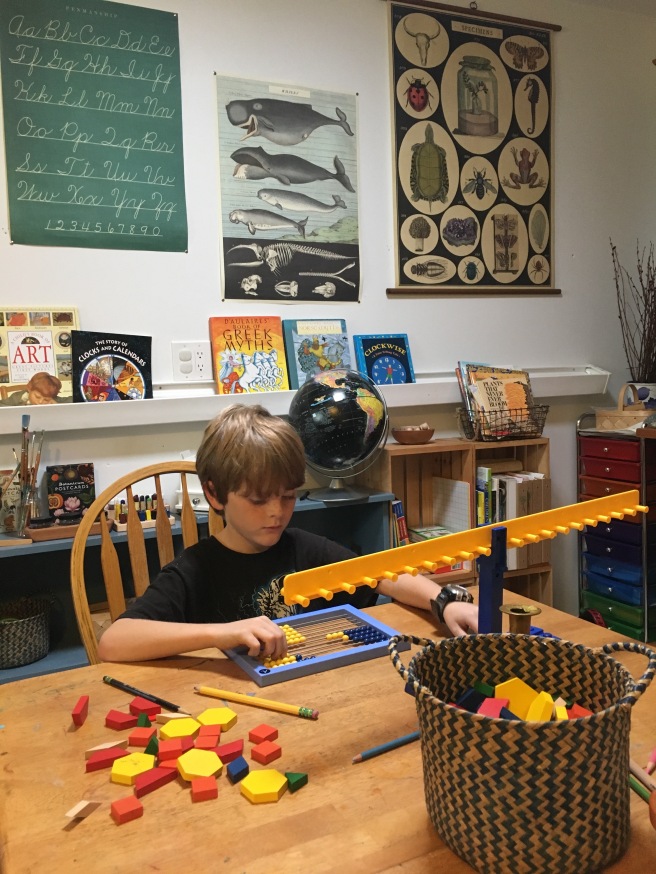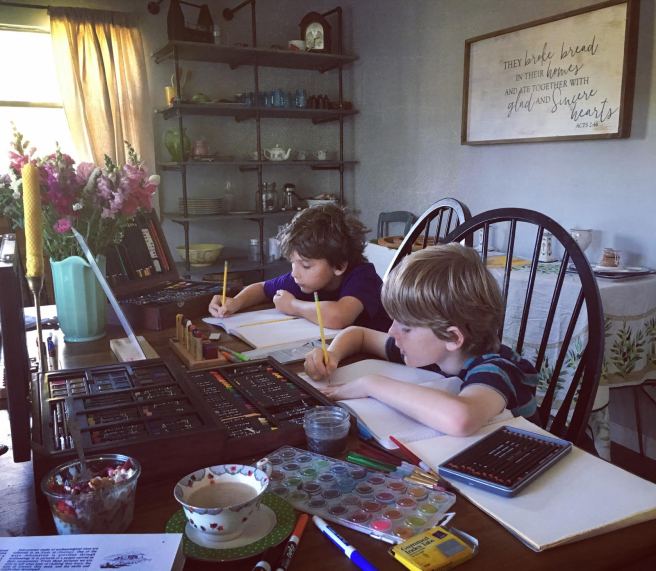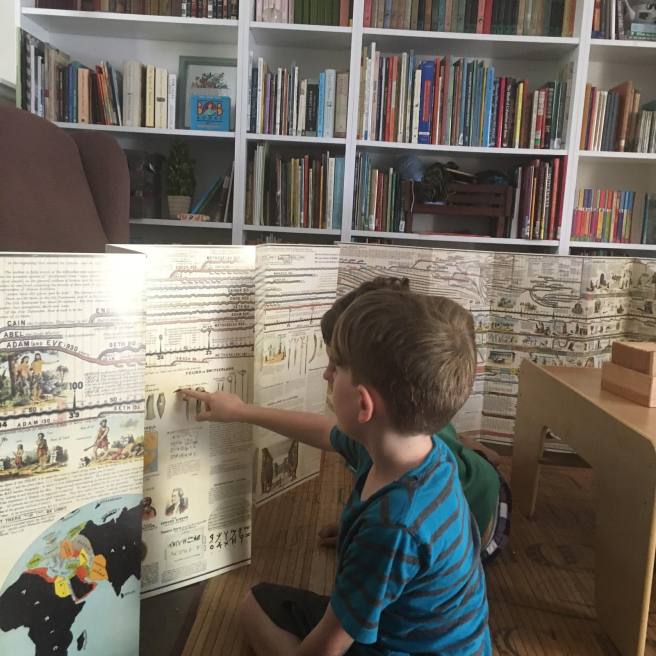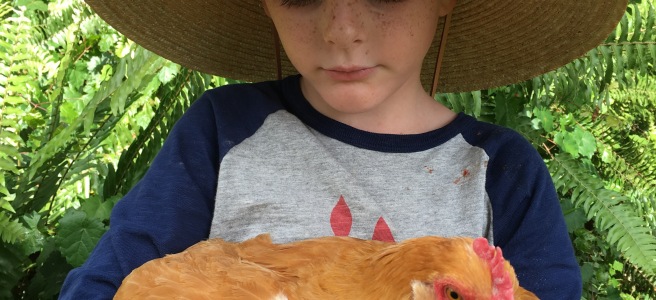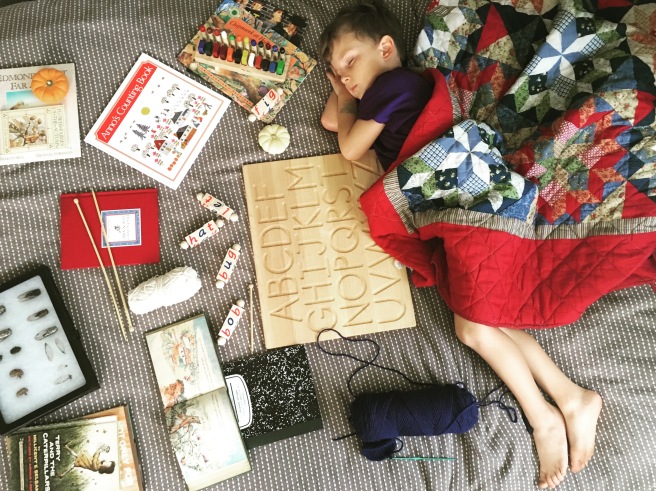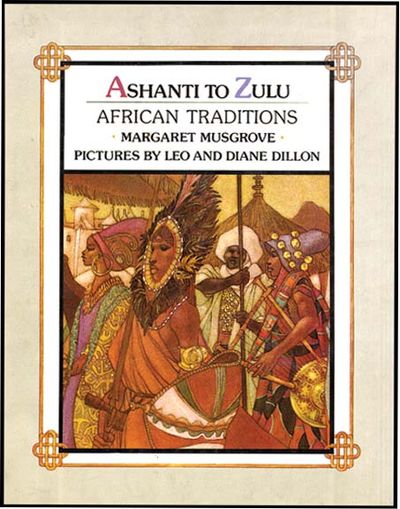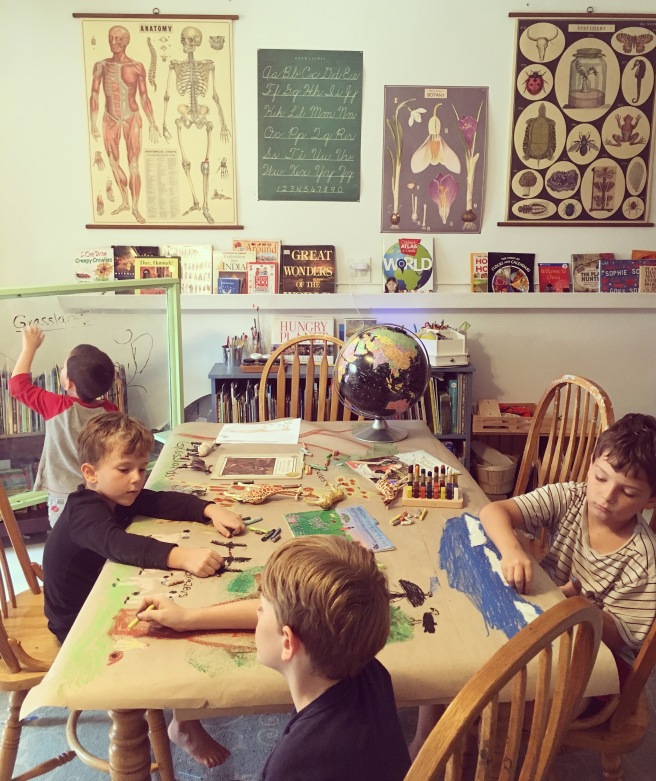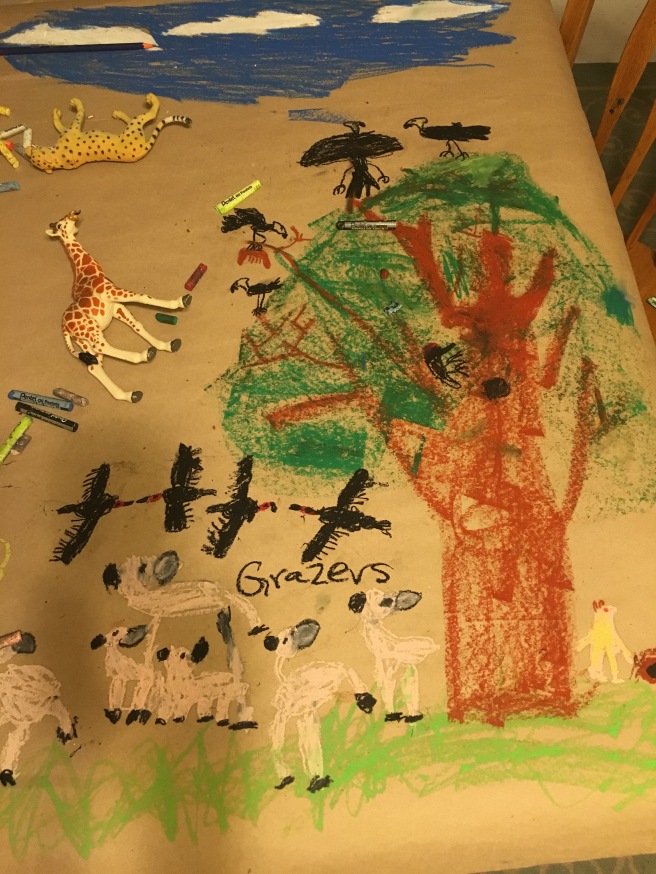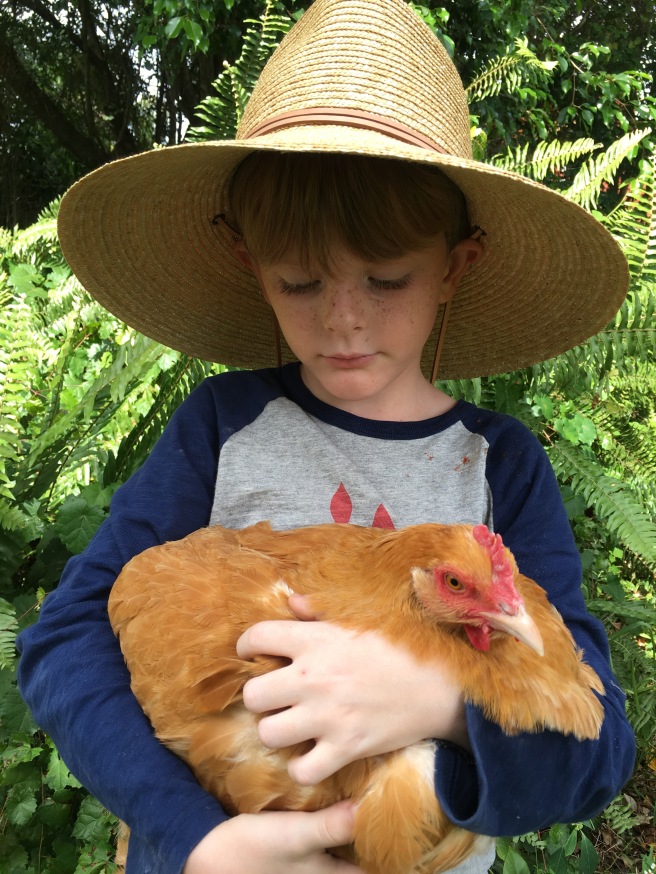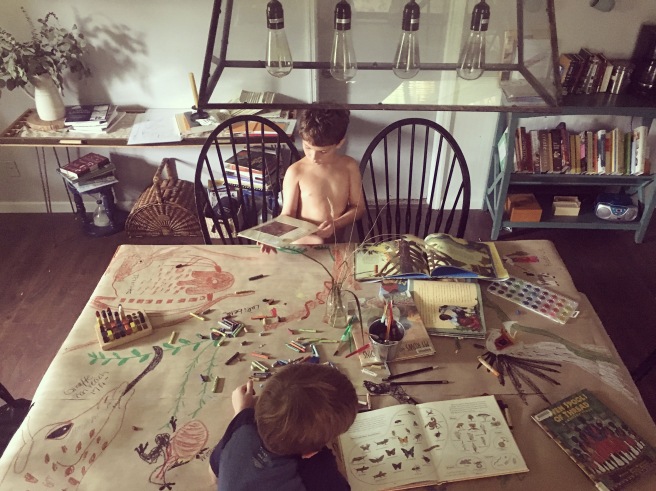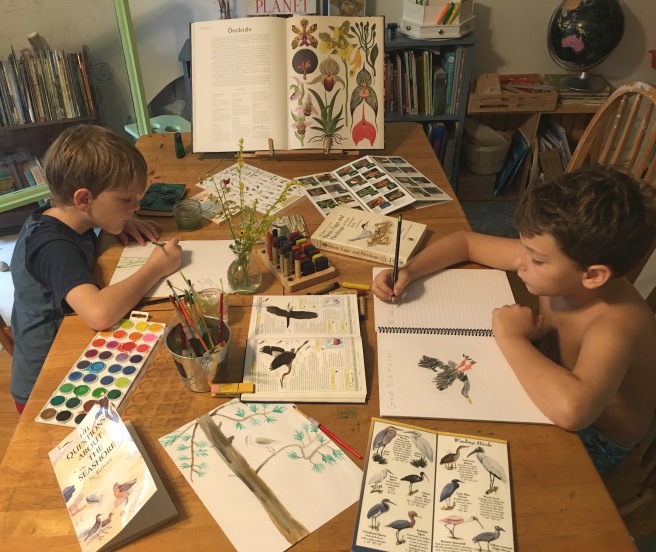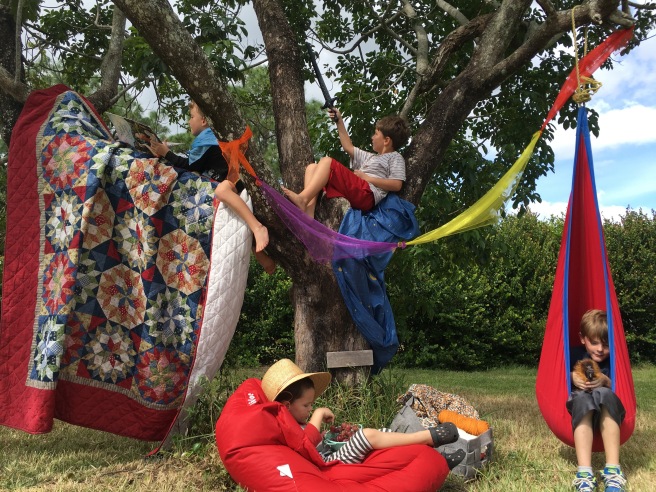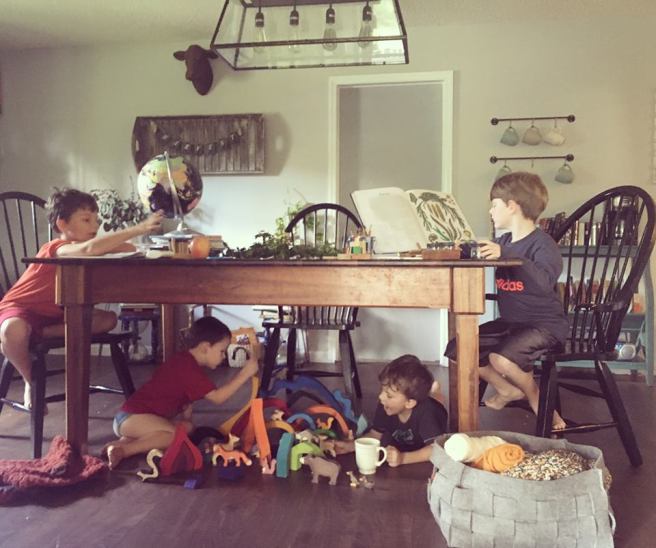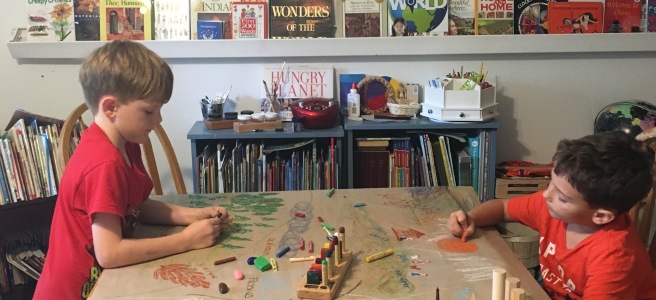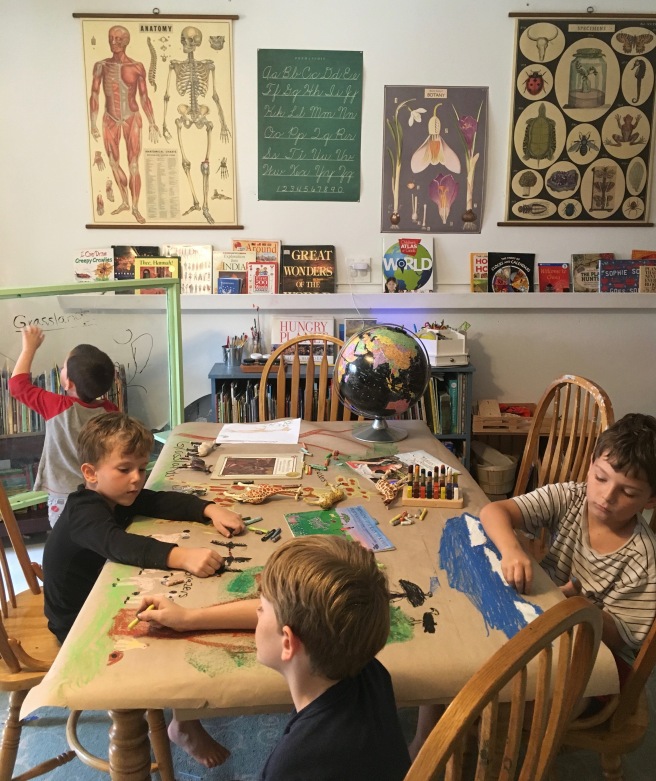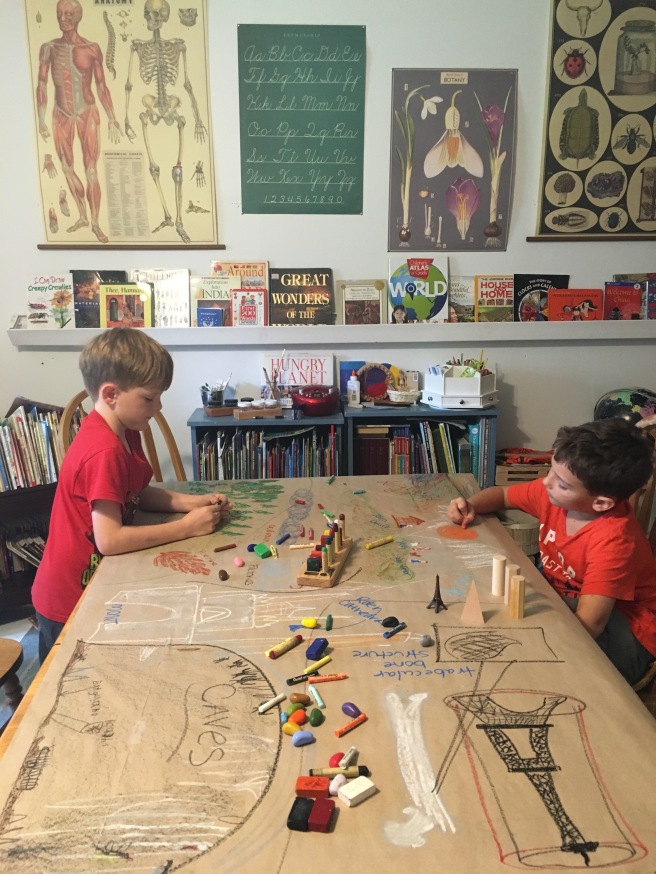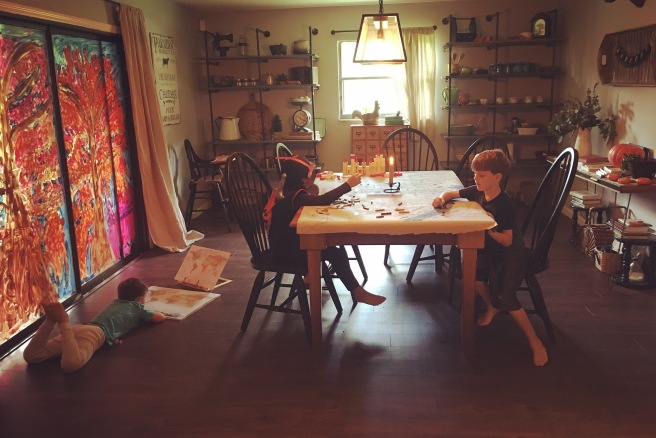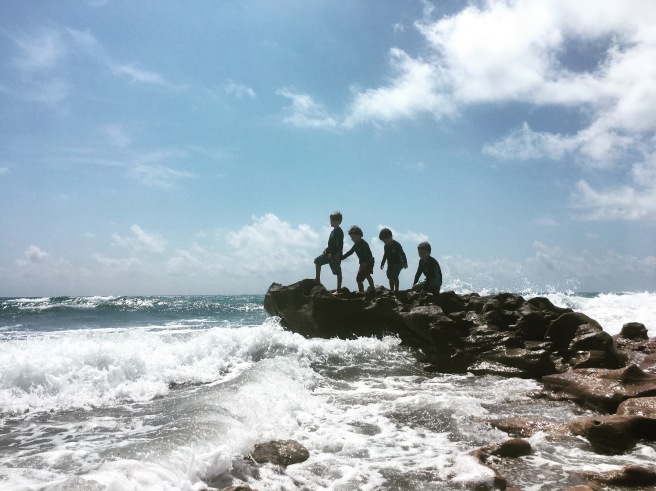
And we are back!
April was a crazy month. Easter, the end of our CC Year, science fair, closing program, music recital, family vacation, wild + free book club, practicum training and licensing training all took place within a three week timespan. All of it was wonderful but utterly exhausting. I am beat.
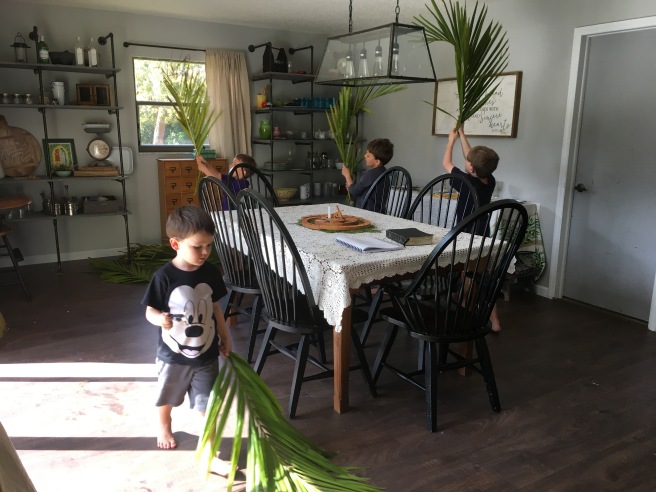
Morning Time
Rich + Rooted Passover by Jennifer Naraki
Genesis 21-50
Herodotus and the Road to History by Jeanne Benedict
Ancient Egypt and Her Neighbors by Lorene Lamber
Ancient Egypt by James Baikie
As You Like It by William Shakespeare
Hymn: “Fairest Lord Jesus”
Simply Charlotte Mason Picture Study Portfolio: Giotto
Speaking Spanish with Miss Mason and Francois
Poem: “To Be a Pilgrim” by John Bunyan
The Apostles Creed
Biography: Mathematicians are People Too by Luella Reimer
Geography: Visits to Africa by Simply Charlotte Mason
Composer: Vivaldi
Latin: Memoria Press

Ancient History
My boys have been begging to study Ancient Egyptian History for quite some time now. They were so thrilled the day we hit lesson 5 in the Beautiful Feet Book’s guide and I asked them to decorate an Ancient Egypt Page for their notebooks.
We broke up the readings for “Pharaoh’s of Ancient Egypt” since they are too lengthy for the stage of narration that they are at. Splitting each chapter into three sections has been helpful. They illustrate and include a small written narration for one section and give oral narrations for the other two sections. “Tales of Ancient Egypt” by Roger Lancelyn Green has been a great hit. Its interesting to see the kids dissect the creation story, flood story etc and compare and contrast it to Biblical history.
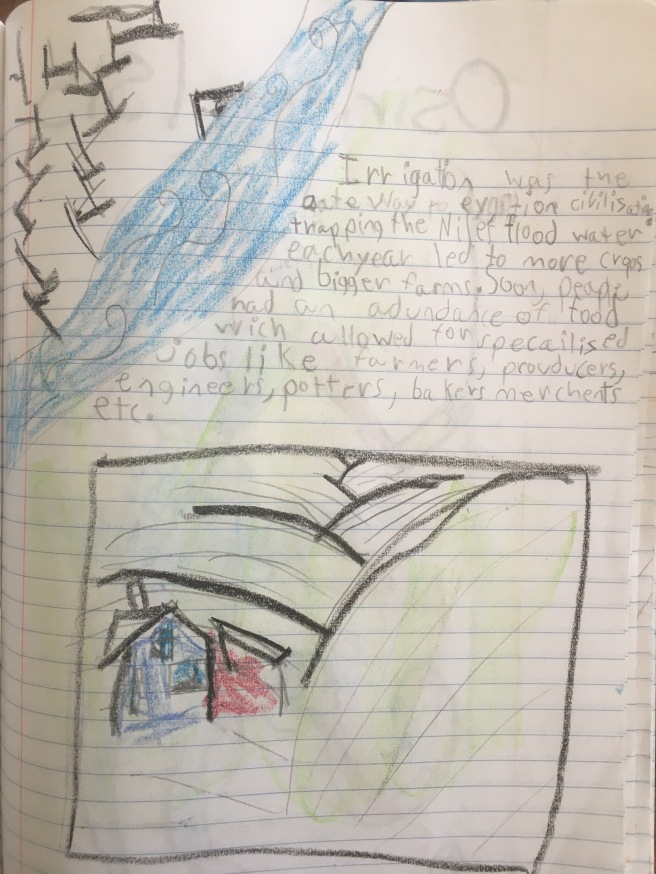
We found several wonderful books to add depth to areas of interest within our studies. We broadened lesson 8 with “Pharaoh’s Boat by Weitzman, David L. [HMH Books for Young Readers, 2009] Hardcover [Hardcover]“>Pharaoh’s Boat” by David Weitzman, which tied in perfectly with our study of Pharaoh Cheops and the construction of his pyramid. The book outlines how the Egyptians built boats for the Pharaohs to use in their journey to the afterlife and how they were disassembled, then buried at the base of the pyramids. The latter half of the book walks us through the archeological discovery of one boat and how it was reconstructed and preserved. Its a bit pricey to track down so check your local libraries first for this wonderful gem! I’ll list additional books in our book list at the end of the post. I’ll also include a new tab in our Shop tab with links to some of our favorite Ancient History resources.
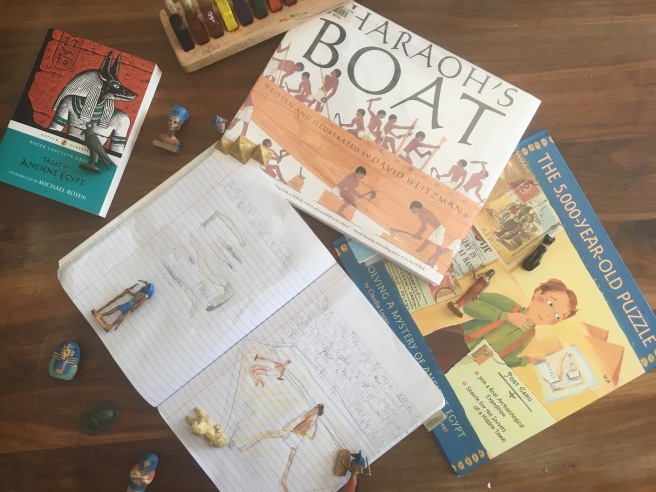
The Student Bible Atlas has been hit or miss with the boys. Last week for lesson 6 we decided to do some more advanced map work using our homemade plexiglass easel from The Homegrown Preschooler. The boys painted the map on the plexiglass using a mixture of tempura and dish soap (with a tiny bit of acrylic added in!) I printed out labels and the kids were able to label their map together. We gathered around the map as we read and they pointed out cities and features as read along. Diving into the map and bringing it to life really solidified everything for them.
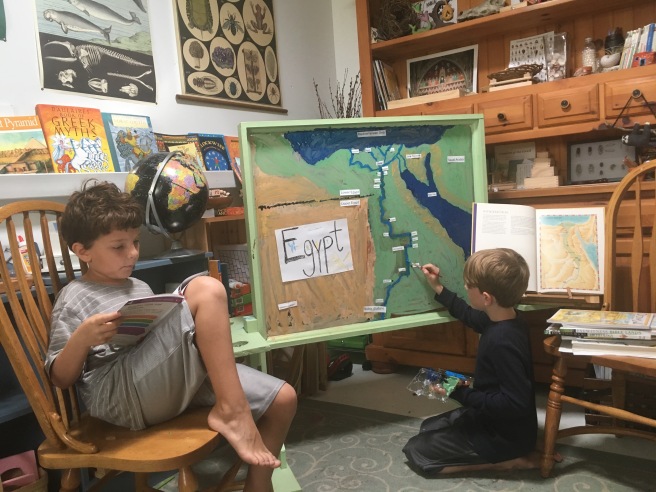
Math
My long time readers know that I like to spend time with a curriculum before writing about it. I am almost to the end of my “observation period” with Right Start Math and I am so excited to share more in-depth about our experience with the curriculum. For now I will simply report that we are loving it! We used Saxon for our entire homeschool experience until the day I realized that my children knew how to answer questions correctly without understanding why they were right. I knew we needed a new program and when I looked at Right Start, I had a feeling it would be a great fit for us. We had to humble ourselves and pick up a lower year package because I knew my children had missed a number of foundational things and had even learned a few things out of order.
I am so glad we did this. The kids flew through the first 40 lessons in the book but now they are really starting to grapple with some of these concepts. Its beautiful to see them understanding math to such a degree that they are PLAYING with their math. They are loving the logic and structure of numbers. They are begging for math everyday—that says a lot to me.
My eldest son really struggled with place value. I’m not sure if it was a dyslexia thing or if the Saxon script never explained it in a way he could understand, but the simple exercises in RSM along with the use of the abacus, finally clicked place value understanding in his mind. What a joy to witness!
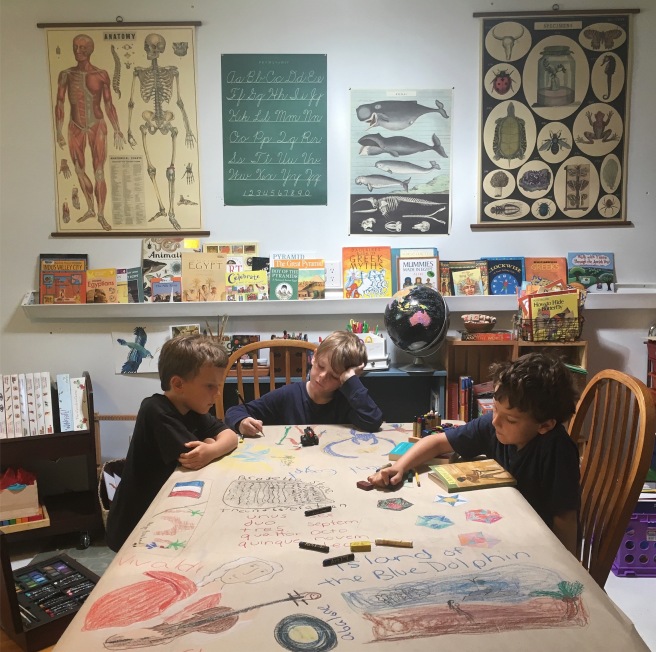 Friday Exam
Friday Exam
We have really gotten into a beautiful groove with our Friday exam. The last two weeks the boys have launched right into sharing their favorite stories with each other and teaching their younger brother some of the best things they learned that week. A lovely peek at some rhetoric level sharing. In fact, all the classical education stages are usually present at the table. My youngest proudly rattling off terms and the older two bursting with dialectic questions and once in a while that beautiful burst of rhetoric reasoning as they teach their younger brother something valuable that they learned. I have really come to value these afternoons. Its encouraging to see what sorts of things they are taking away from their lessons, what they are internalizing and what is shaping their character.

Extra Curricular
Speaking of character, the amount of habit training and character training that occurs within the realm of handwork never ceases to amaze me. Slow, methodical, meaningful work does wonders for our habit training. Then there is the added bonus of handwork as processing space. I shared about my children’s various thinking styles on instagram a few weeks ago. They each have a different way of processing their lessons, but something they all need is TIME to ponder what they have learned. One child needs to verbalize as he thinks, another needs constant outdoor motion (usually time on a skateboard or bike will do) and another needs to work with his hands. I call him my “build it out” thinker. On the day I snapped this photo we had just wrapped a morning of studies containing Shakespeare, Giotto, and the Rosetta Stone. He was sawing wood and working quietly at his work bench for a while and suddenly piped out, “I like how everything we learn is connected and I am a part of it all.” It was a great reminder that after feasting on great ideas, children need that protected time, gifted time, to think and ponder what they have taken in.
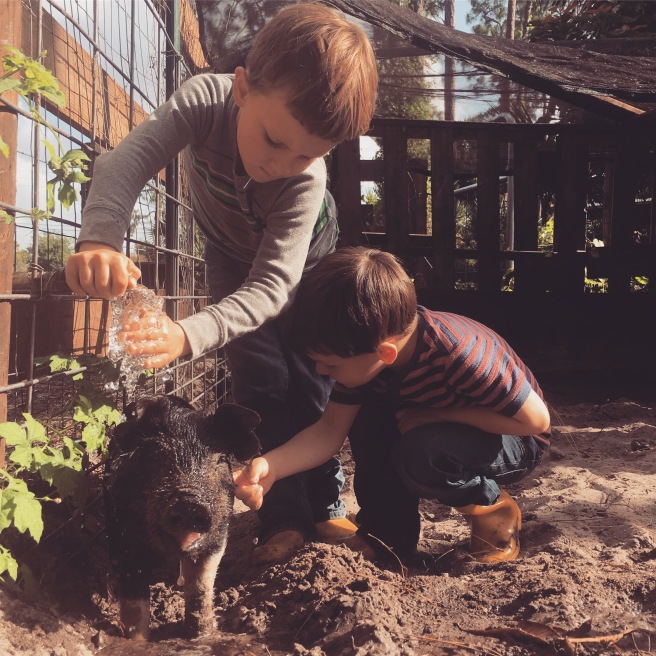 Science
Science
We did not do any formal science during this study period. GASP! We had formal science for a solid 10 months and once our busy end of the year season hit, I felt comfortable letting it go because of all the NATURE STUDY we are constantly immersed in. The children have plenty of time outdoors to observe nature, ample opportunity to interact with insects and animals and other creatures and a never ending desire to read books about all kinds of nature. To be honest, they’ve got this covered. We will probably start up again in June once I am home from convention.
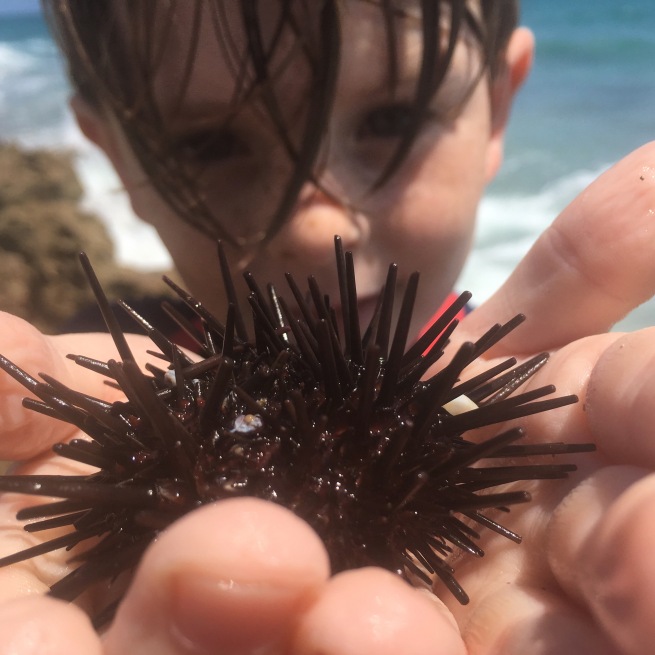
Ancient History Booklist (lessons 5-9)
Pharaoh’s Boat by David Weitzman
Egyptian Boats by Geoffrey Scott
Ancient Egypt and Her Neighbors by Lorene Lambert
The 5,000-Year-Old Puzzle: Solving a Mystery of Ancient Egypt“>The 5,000 Year Old Puzzle by Claudia Logan
The Boy of the Pyramids by Ruth Fosdick Jones
Mummies, Pyramids and pharaohs by Gail Gibbons
Egyptian Mummies by Henrietta McCall
Mummies Made in Egypt by Aliki
Cat Mummies by Kelly Trumble
Building History Egyptian Pyramid by Gillian Clements
Bill and Pete Go Down the Nile by Tomie dePaola
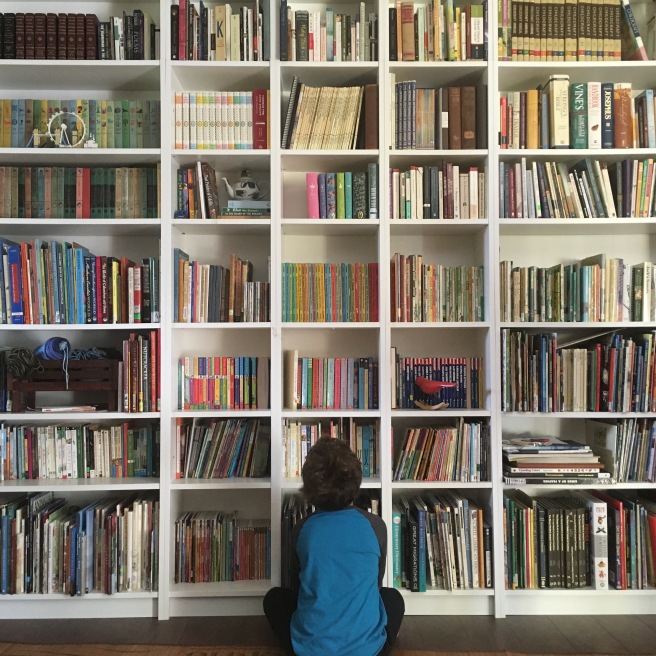
Stay tuned for our next installment of The Road to Morning Time!
